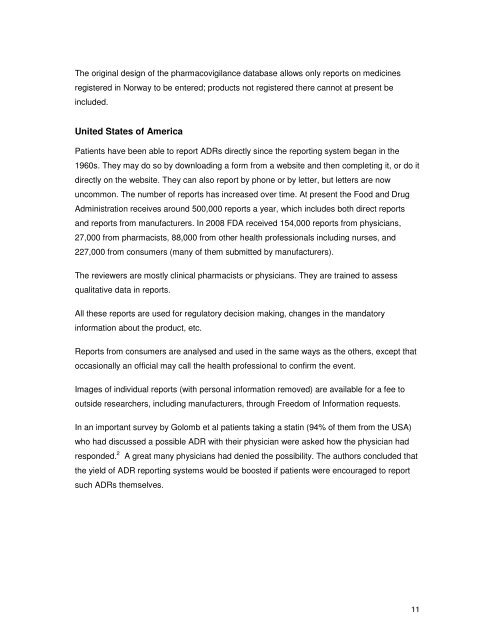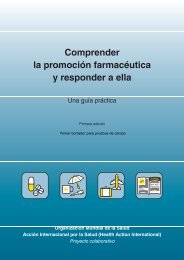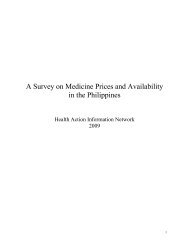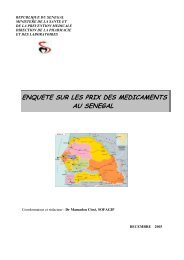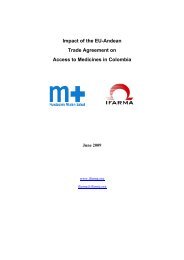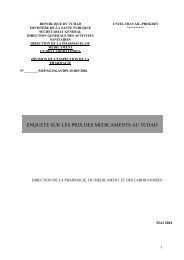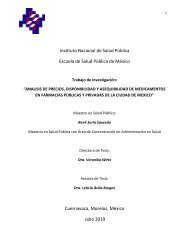Direct Patient Reporting of Adverse Drug Reactions - Cochrane ...
Direct Patient Reporting of Adverse Drug Reactions - Cochrane ...
Direct Patient Reporting of Adverse Drug Reactions - Cochrane ...
You also want an ePaper? Increase the reach of your titles
YUMPU automatically turns print PDFs into web optimized ePapers that Google loves.
The original design <strong>of</strong> the pharmacovigilance database allows only reports on medicinesregistered in Norway to be entered; products not registered there cannot at present beincluded.United States <strong>of</strong> America<strong>Patient</strong>s have been able to report ADRs directly since the reporting system began in the1960s. They may do so by downloading a form from a website and then completing it, or do itdirectly on the website. They can also report by phone or by letter, but letters are nowuncommon. The number <strong>of</strong> reports has increased over time. At present the Food and <strong>Drug</strong>Administration receives around 500,000 reports a year, which includes both direct reportsand reports from manufacturers. In 2008 FDA received 154,000 reports from physicians,27,000 from pharmacists, 88,000 from other health pr<strong>of</strong>essionals including nurses, and227,000 from consumers (many <strong>of</strong> them submitted by manufacturers).The reviewers are mostly clinical pharmacists or physicians. They are trained to assessqualitative data in reports.All these reports are used for regulatory decision making, changes in the mandatoryinformation about the product, etc.Reports from consumers are analysed and used in the same ways as the others, except thatoccasionally an <strong>of</strong>ficial may call the health pr<strong>of</strong>essional to confirm the event.Images <strong>of</strong> individual reports (with personal information removed) are available for a fee tooutside researchers, including manufacturers, through Freedom <strong>of</strong> Information requests.In an important survey by Golomb et al patients taking a statin (94% <strong>of</strong> them from the USA)who had discussed a possible ADR with their physician were asked how the physician hadresponded. 2 A great many physicians had denied the possibility. The authors concluded thatthe yield <strong>of</strong> ADR reporting systems would be boosted if patients were encouraged to reportsuch ADRs themselves.11


